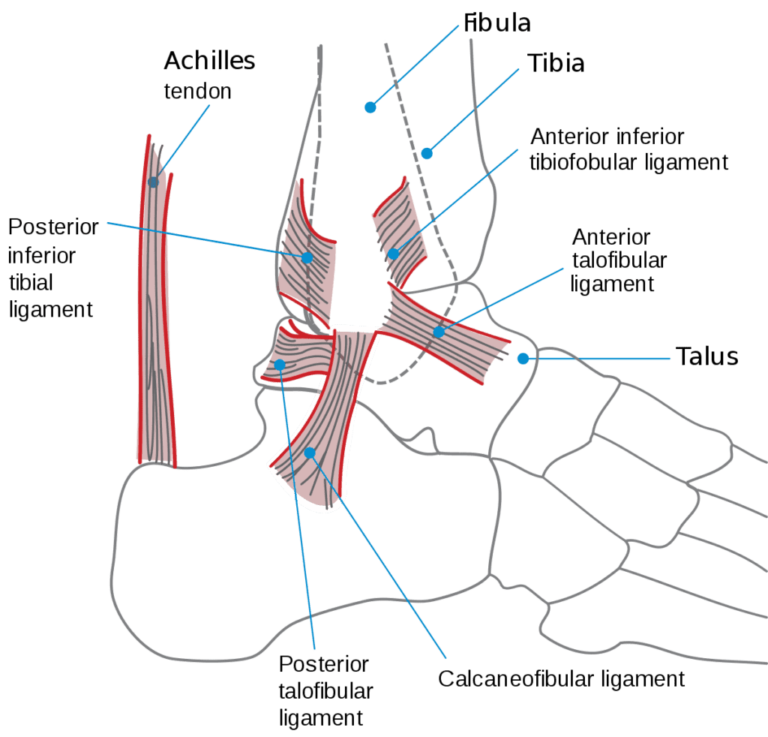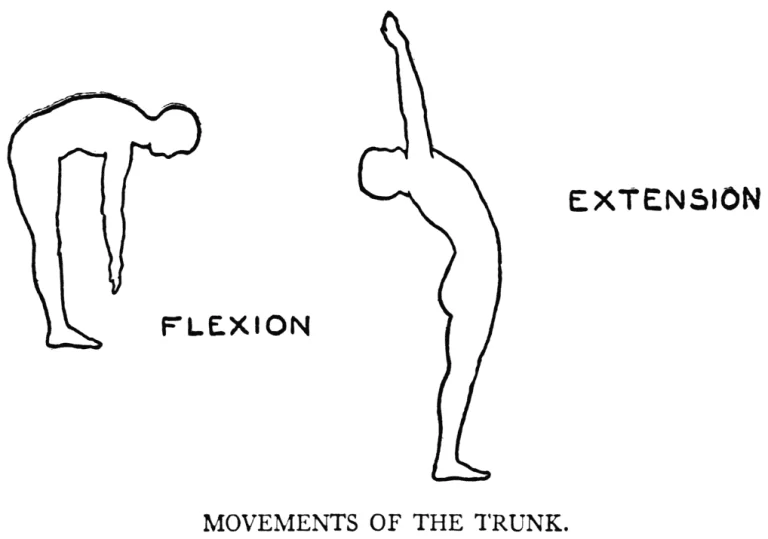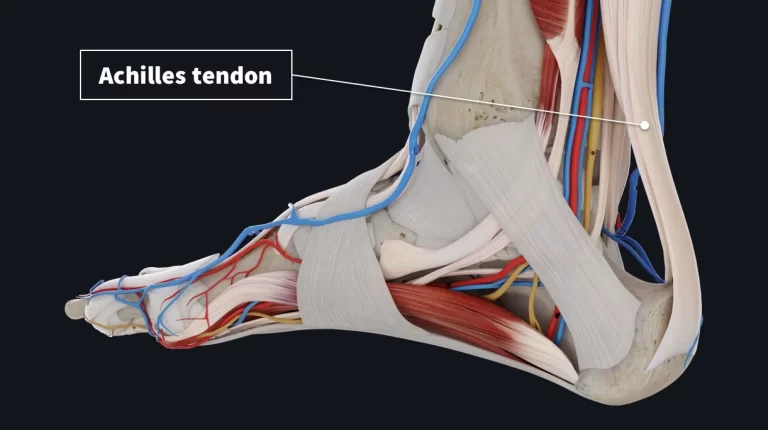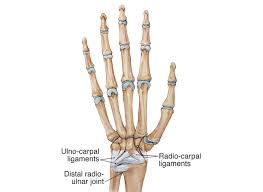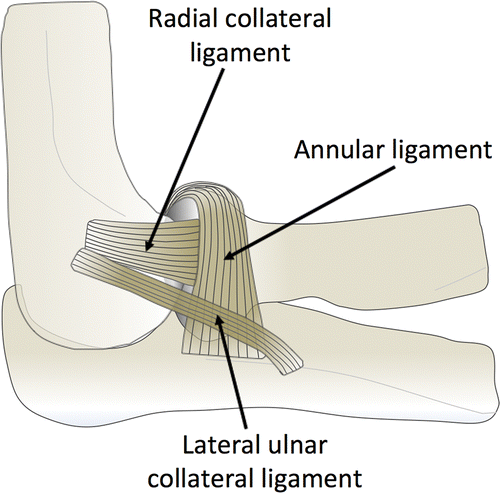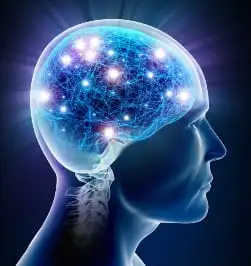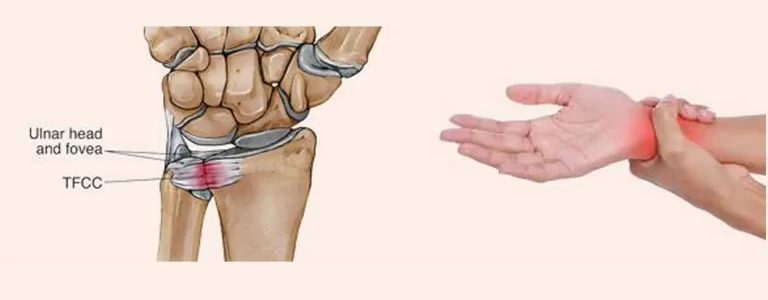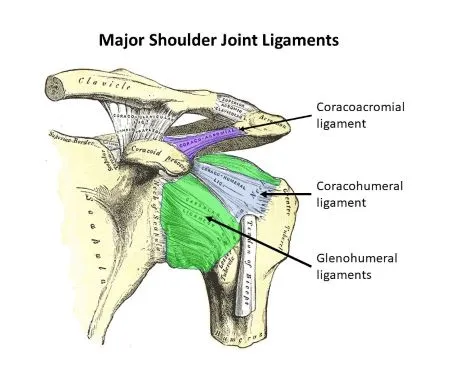Distal Interphalangeal Joint Flexion And Extension
What Is Distal Interphalangeal Joint Flexion and Extension? The distal interphalangeal joint (DIP) is the joint at the end of the finger or toe, near the nail. DIP flexion means to flex a finger or toe, bringing the tip of the finger to the palm or sole of the foot. The extension is a reverse…


